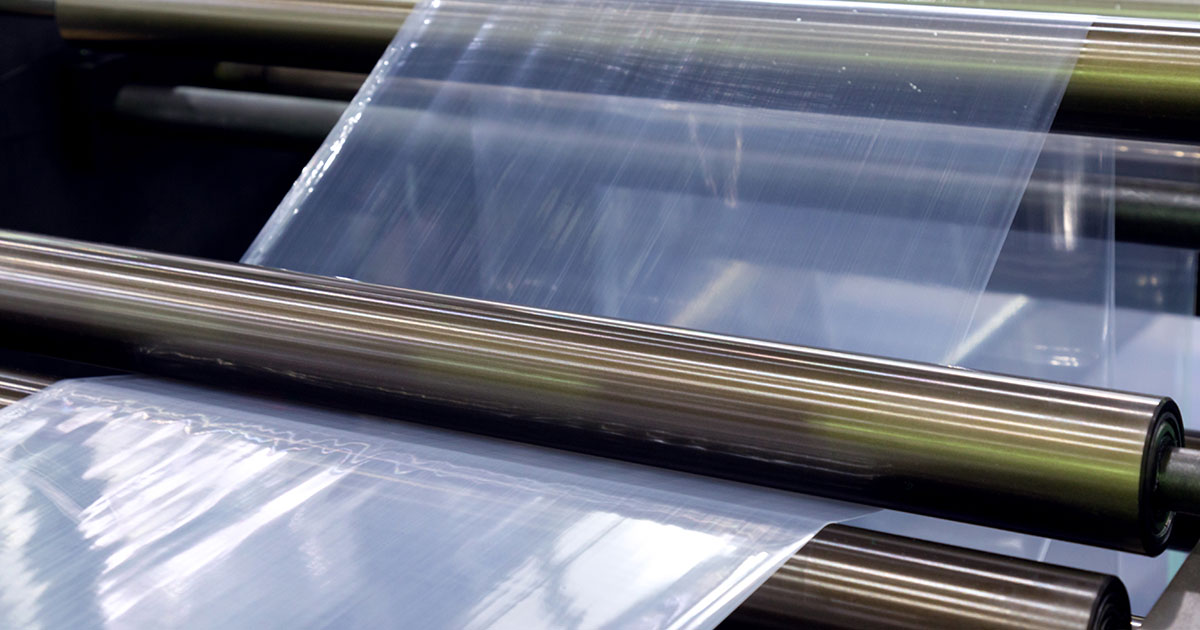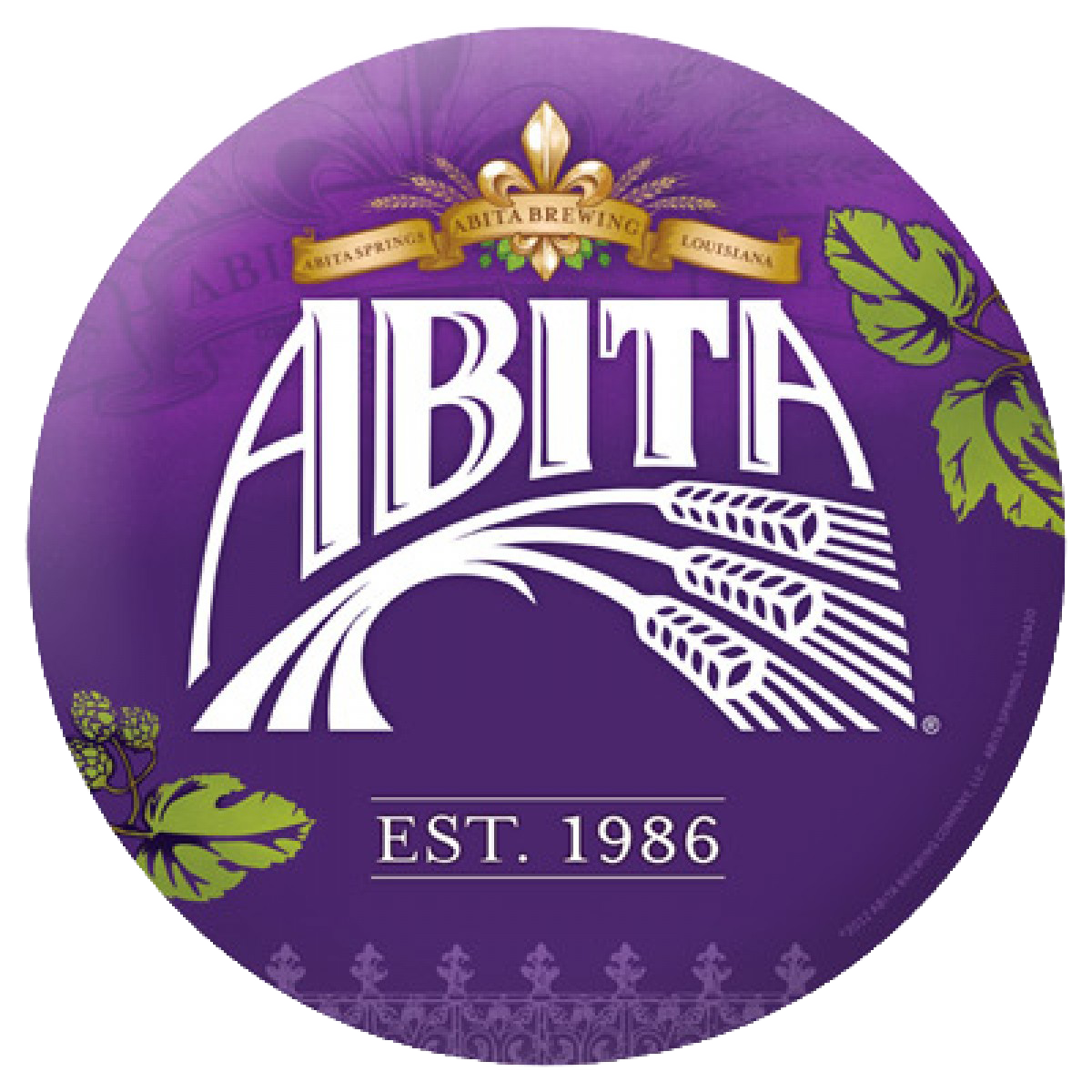Food-Grade is not Always Food-Safe
FOOD-GRADE IS NOT ALWAYS FOOD-SAFE!
Here are some reasons why:Why would a food-grade product be considered unsafe? Is there a difference between food-grade and food-safe? Shouldn’t it mean the same thing? These may be some of your initial thoughts. So let me explain this a little further.

The Definition
Food-grade means that the material is fit for human consumption or permitted to come in contact with food. 21 CFR 174-178 for example, can be used to verify if a certain material is an appropriately regulated indirect additive and considered GRAS (Generally Recognized as Safe) for its intended use. But what about if those materials are used for something other than its intended use? This is a critical factor that is often overlooked.
When Food-Grade May Not Be Food-Safe
Just because that material is considered food-grade, it doesn’t necessarily mean that it is food-safe if it is used for an unintended purpose. Food-safe means that the material is fit for its current purpose and will not be a food safety risk as long as it is used according to the manufacturer’s directions. For example, it may be acceptable to use a food-grade container to hold a dry ingredient but that same container may become hazardous if used to hold a hot liquid. Section 117.40 in Subpart B of FSMA (do you have a link to this we can use?) states: “Food-contact surfaces must be made of nontoxic materials and designed to withstand the environment of their intended use and the action of food, and, if applicable, cleaning compounds, sanitizing agents, and cleaning procedures.”
Auditors Putting Pressure on the Producers
Food manufacturers are being called upon more than ever to prove that food contact materials are indeed safe and “fit for purpose” or safe for its intended use. Simply having a certificate of conformance stating that your food contact materials are food-grade may no longer be acceptable. Some of you may have already experienced this issue during a recent GFSI audit. Auditors commonly request evidence that, along with a certificate of conformance, the food contact materials are also safe to use under the conditions in which you will use them. So, requesting additional verification from your supplier that those food contact materials are safe and fit for purpose in your process can provide extra comfort to you, your auditor and regulators. This supplementary information can also provide a little extra science which can be incorporated into your HACCP plan hazard analysis and help with a more in-depth food-safety risk assessment.
Questions You Should Be Asking
So, what additional questions should you be asking your suppliers of food-grade materials? Some common questions are:
Another consideration is how the material is constructed. Does it have tiny pieces or parts that can be removed during use, such as a pail with an attached handle that can accidentally be separated from the pail and enter the product stream as a foreign material? What about a cleaning brush that often loses its bristles. Is the material/equipment a single piece or does it have seams that are not smooth and easily cleanable? When evaluating these items, always make sure they are designed to hold up in a food facility and will not create a food safety risk. If not designed properly and fit for purpose, it can be ineffective and increase a food-safety risk. Choosing materials that are “food-safe” can be just as important as choosing materials that are “food-grade."
It’s Only a Trash Can if You Put Trash In It
Have you ever heard this phrase: “it’s only a trash can if you put trash in it”? What do you think that means? It often means that trash containers may be used to hold food ingredients or products intended for human consumption. Is there a potential risk in that situation? How do you know the container is safe for food contact? That is obviously not the intended use and adulteration of product may be in question.
How to Determine if a Food Material is Food Safe
So how would you determine if the food contact material is “food-safe”? Luckily, third-party certification companies do exist that verify food equipment and/or food contact materials are “food-safe”. Examples of those companies include: HACCP International, NSF and 3A. If any of your food-grade/food contact materials do not have one of these certifications, then the food safety team should evaluate the potential hazards of these materials to make sure they are fit for purpose in your operation. This risk assessment should be documented and kept with your supporting documents to show due diligence.
Have Questions? We’ve Got Answers
So the next time you meet with your food safety team, challenge them to identify all of the food-contact materials in your facility and ask the important question “Is this truly food-safe and fit for purpose?"
Contact us if you have questions about this article or any food safety issue.
About the author

Lance Roberie
Food Safety Consultant and TrainerLance Roberie has over 20 years of quality assurance and food safety experience within the food industry. Mr. Roberie holds the following certifications:
- Certified Food Safety HACCP Manager
- Preventative Controls for Human Foods (PCQI) Lead Instructor
- Meat & Poultry and Seafood HACCP Lead Instructor
- FSPCA Food Defense (IAVA) Lead Instructor
- ASQ Certified Manager of Quality & Organizational Excellence
- ServSafe Instructor and Exam Proctor
- Internal Auditor and GFSI Specialist
Lance and the Food Safety & Quality Services’ training curriculum will advance your team's food safety knowledge through certified training, consulting, and “real life” industry scenarios.
upcoming Classes
Intentional Adulteration – Conducting Vulnerability Assessments | Online | June 13, 2024
June 13, 2024 09:00 AM - 04:00 PM
June 13, 2024 09:00 AM - 04:00 PM
HACCP for Food Processors | Online | June 11-12, 2024
June 11, 2024 08:00 AM - June 12, 2024 04:00 PM
June 11, 2024 08:00 AM - June 12, 2024 04:00 PM
Preventive Controls for Human Food (PCQI) | Online | June 18-19, 2024
June 18, 2024 08:00 AM - June 19, 2024 04:00 PM
June 18, 2024 08:00 AM - June 19, 2024 04:00 PM
Need a Food Safety Specialist?
Free 15 Minute Consultation.Schedule Consultation
Learn how we helped Abita Brewing Company pass their first food safety audit with an A grade.

